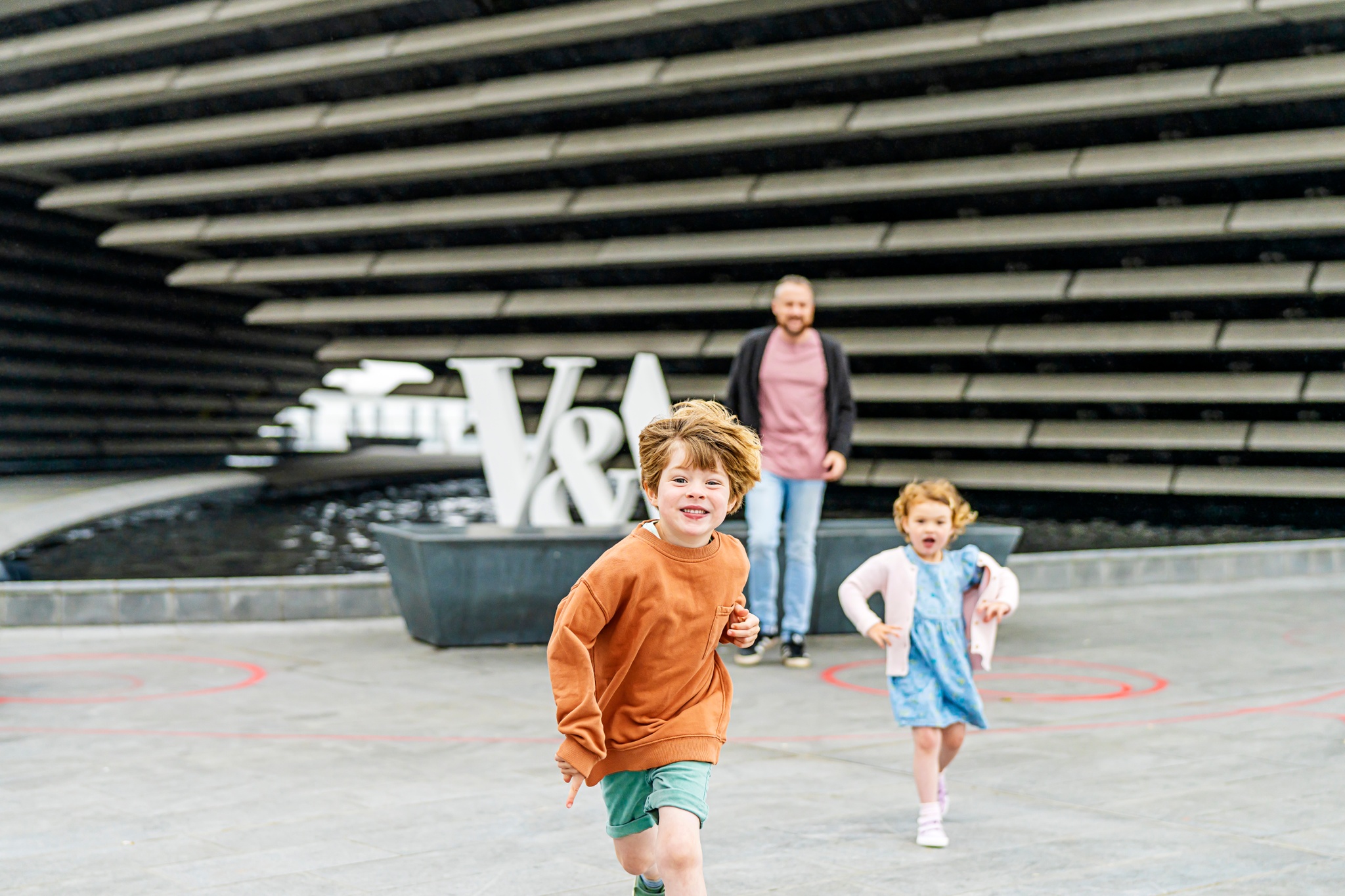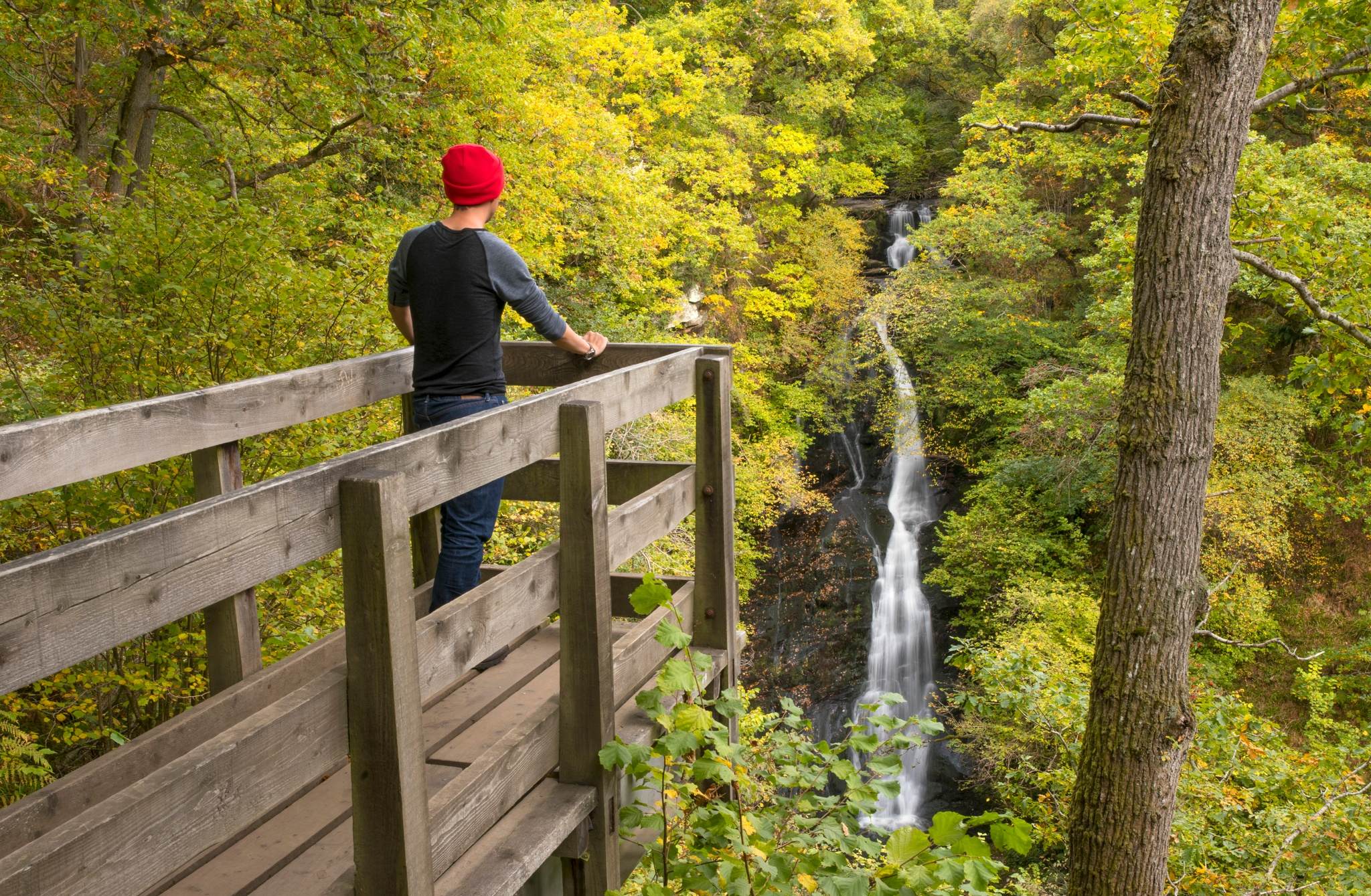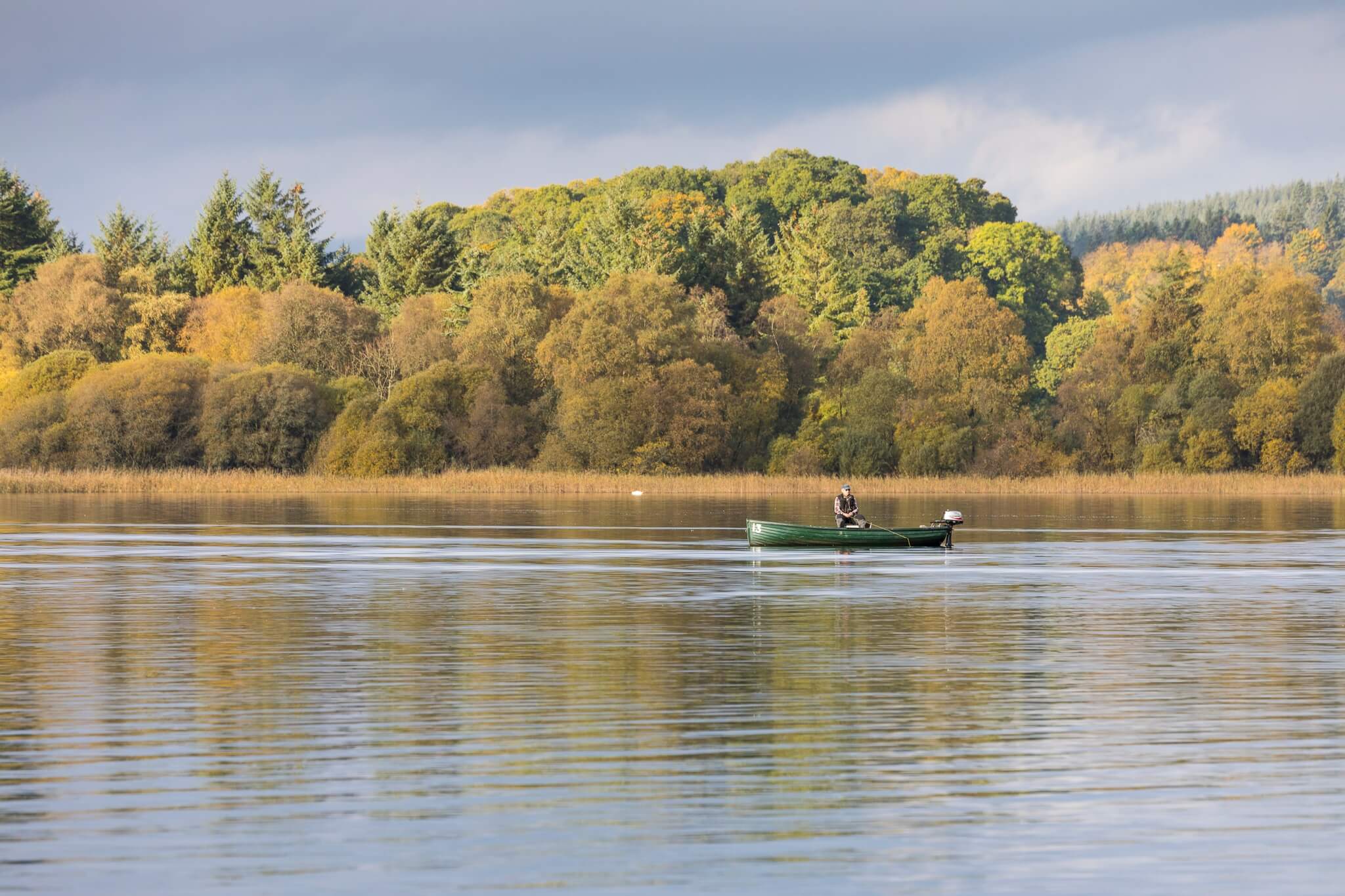Sea Kayaking With Clearwater Paddling, Isle of Barra
- Home
- Things to do
- Outdoor Activities
Fun Outdoor Activities To Do in Scotland
Welcome to Scotland, the ultimate natural playground. From world-class watersports, walking and cycling, the possibilities for getting active in Scotland’s great outdoors are endless. Discover ideas for fun things to do in Scotland, including outdoor adventures, fun days out, family activities, and more.
Find experiences
JavaScript needs to be enabled to see this product search form. You can turn this on in your browser settings.
Most Popular Activities to Try in Scotland
Try our most iconic activities - long walks up mountains, mountain biking down hills and cycling through forests.
Sorry, something's gone wrong. We can't display this content at the moment.
JavaScript needs to be enabled to watch this video. You can turn this on in your browser settings.
Sorry, something's gone wrong. We can't display this content at the moment.
JavaScript needs to be enabled to watch this video. You can turn this on in your browser settings.
Walking in Scotland
Walking in Scotland means mighty mountains to conquer and plenty of forest paths, coastal walks, and city routes to wander.
Sorry, something's gone wrong. We can't display this content at the moment.
JavaScript needs to be enabled to watch this video. You can turn this on in your browser settings.
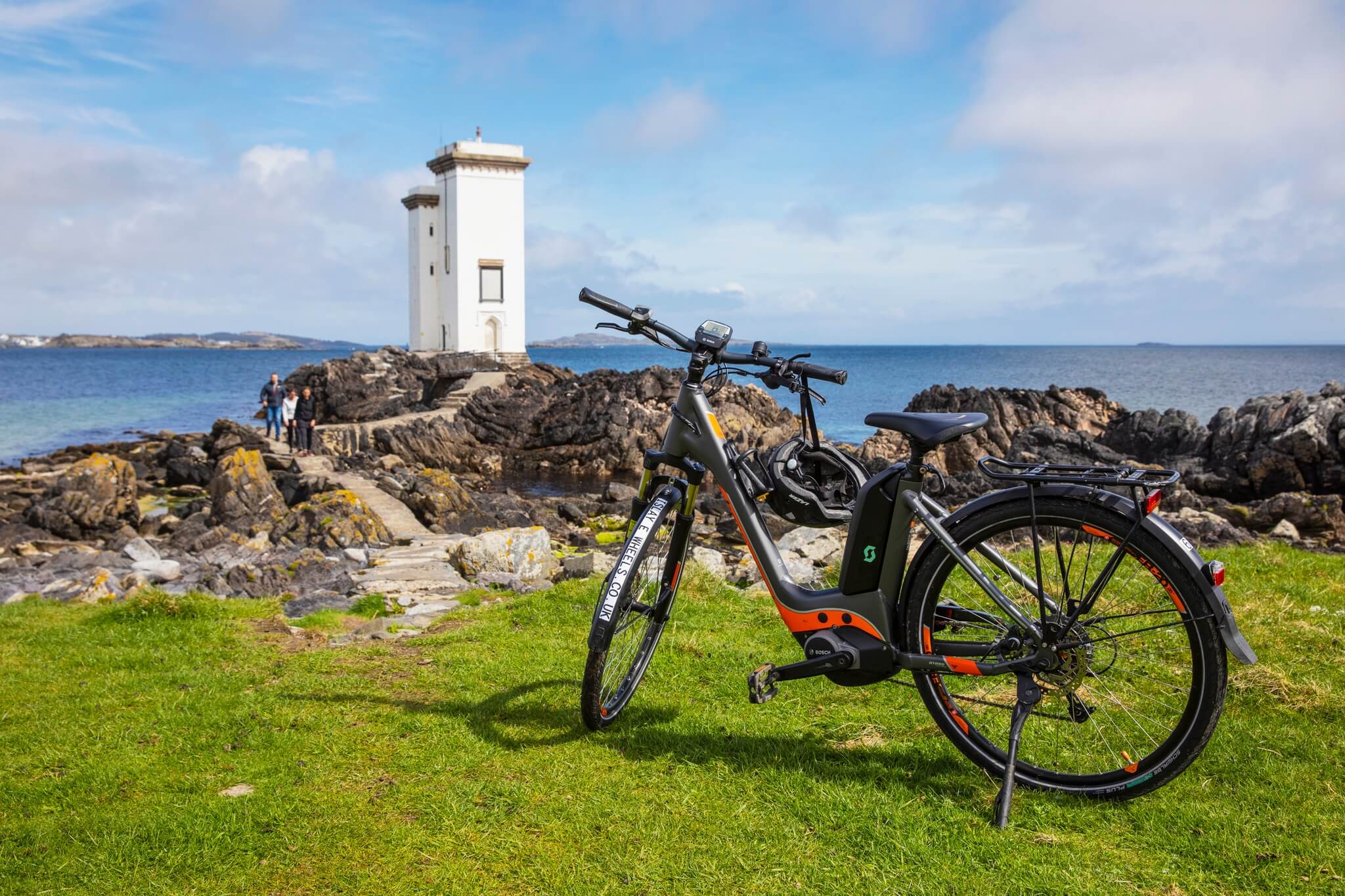
Sorry, something's gone wrong. We can't display this content at the moment.
JavaScript needs to be enabled to watch this video. You can turn this on in your browser settings.
Your Ultimate Guide to Cycling in Scotland
Planning a cycling trip? Here's your ultimate guide to cycling in Scotland, with cycle routes, tours, bike parks and more!
Sorry, something's gone wrong. We can't display this content at the moment.
JavaScript needs to be enabled to watch this video. You can turn this on in your browser settings.
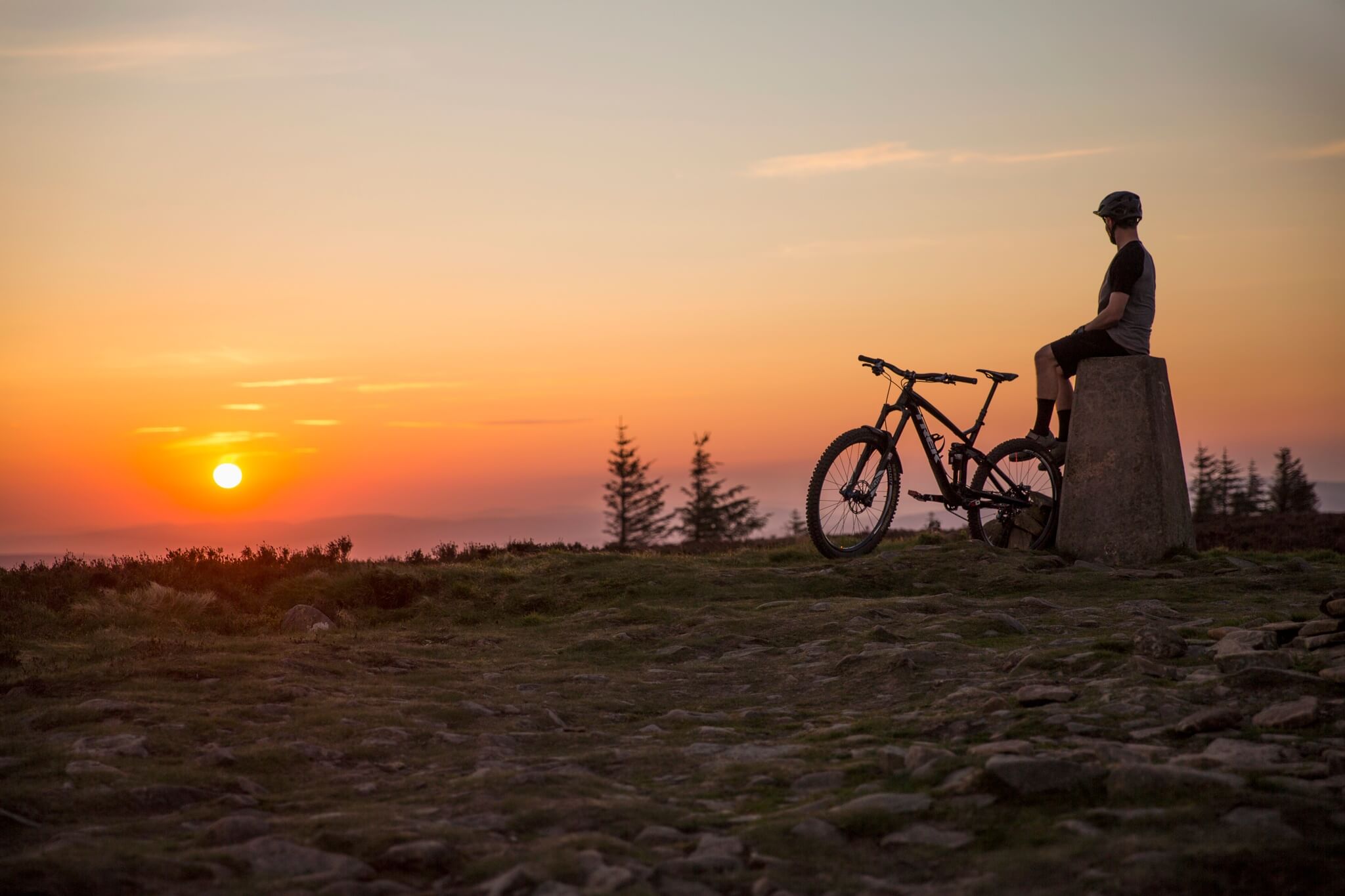
Sorry, something's gone wrong. We can't display this content at the moment.
JavaScript needs to be enabled to watch this video. You can turn this on in your browser settings.
Mountain Biking in Scotland
Test your skills in one of the best mountain biking locations in the world.
Sorry, something's gone wrong. We can't display this content at the moment.
JavaScript needs to be enabled to watch this video. You can turn this on in your browser settings.
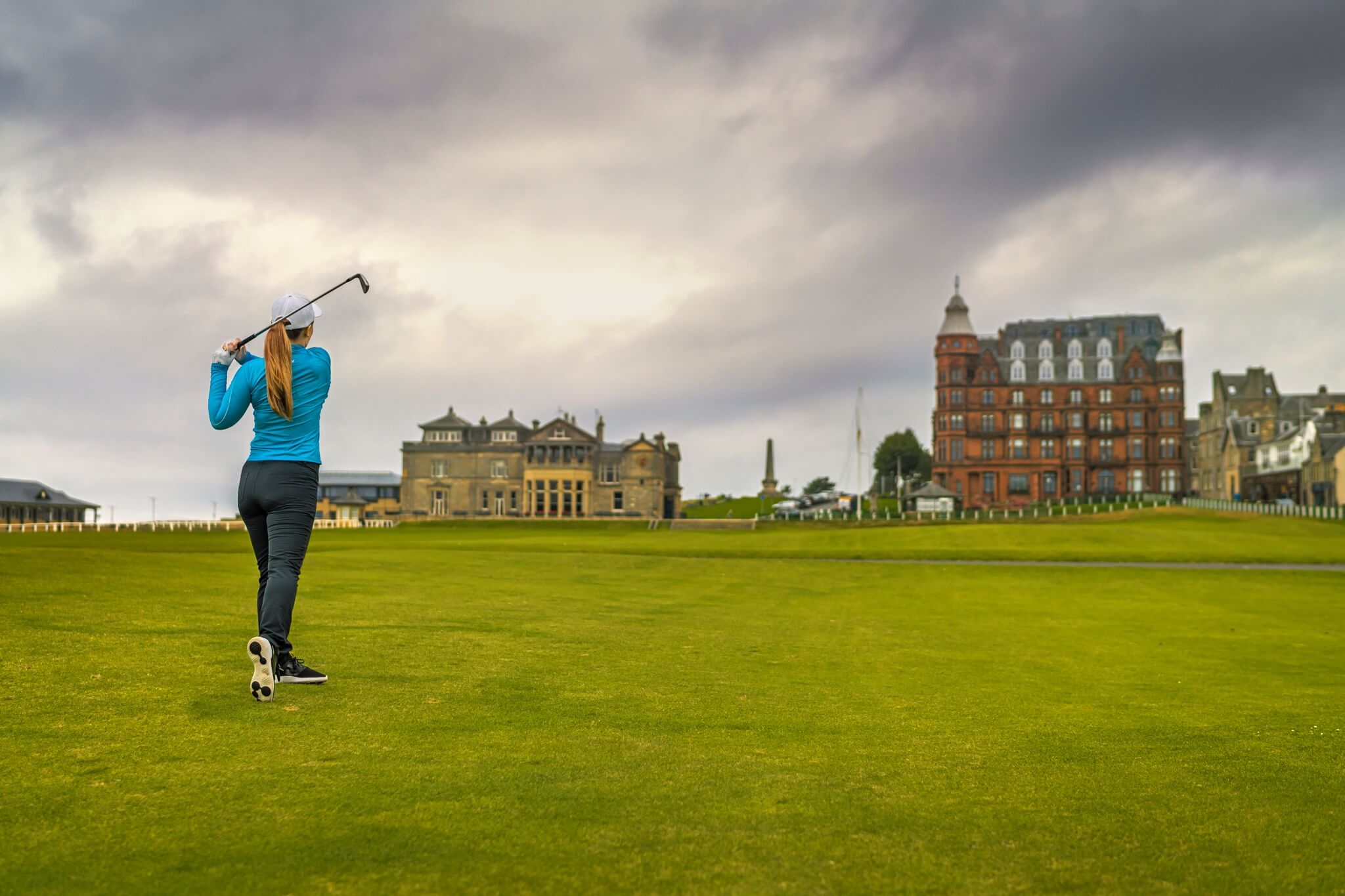
Sorry, something's gone wrong. We can't display this content at the moment.
JavaScript needs to be enabled to watch this video. You can turn this on in your browser settings.
Scottish Golf & the Best Golf Courses in Scotland
Learn more about Scottish golf, including some of the best golf clubs and courses in Scotland now.
Sorry, something's gone wrong. We can't display this content at the moment.
JavaScript needs to be enabled to watch this video. You can turn this on in your browser settings.
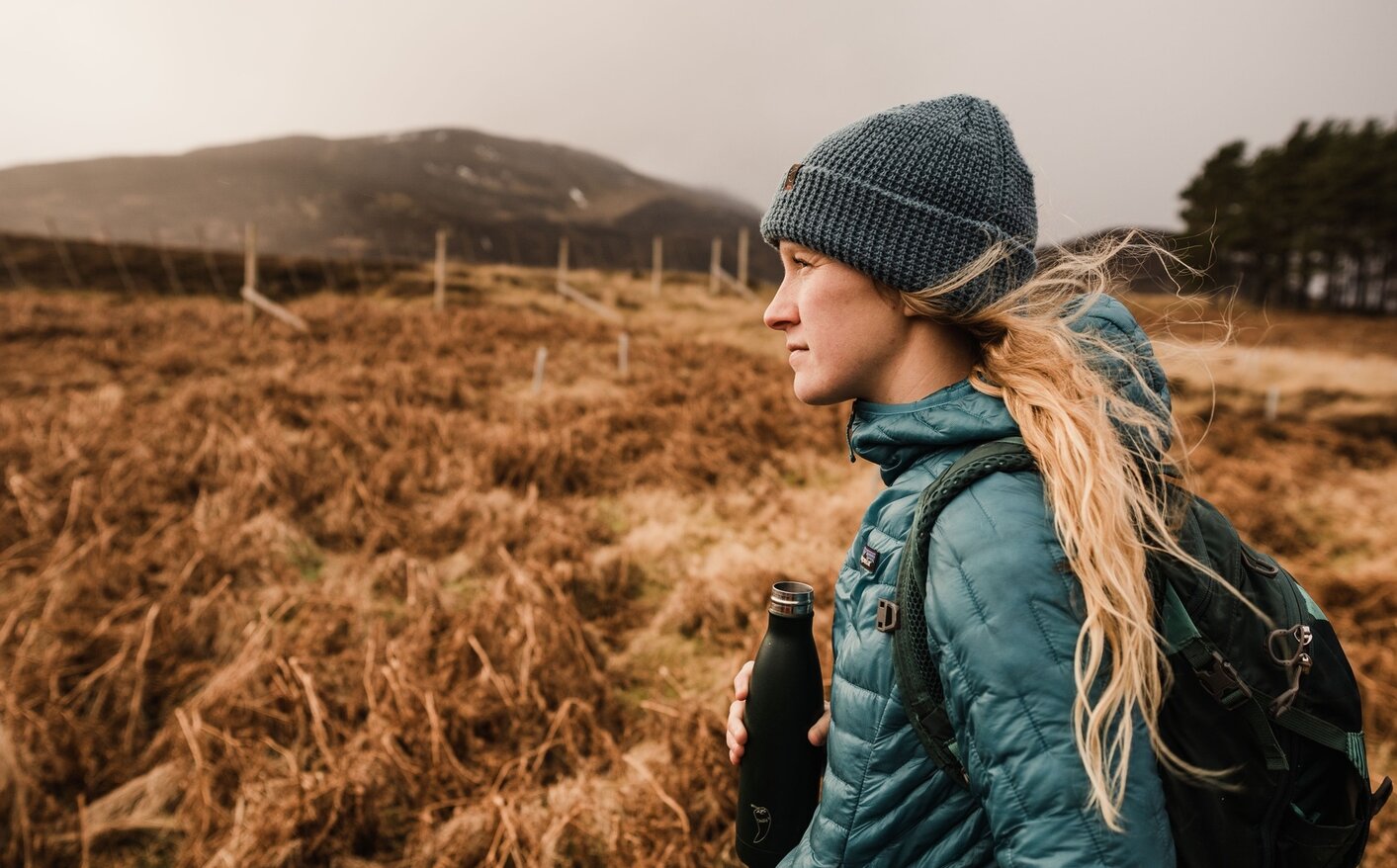
Sorry, something's gone wrong. We can't display this content at the moment.
JavaScript needs to be enabled to watch this video. You can turn this on in your browser settings.
Scottish Munros - Hill & Munro Bagging
How tall are Munros? How do you go about climbing one? It's time to find out about Scotland's Munro mountains and the sport of Munro-bagging!
Types of Activities to Try in Scotland
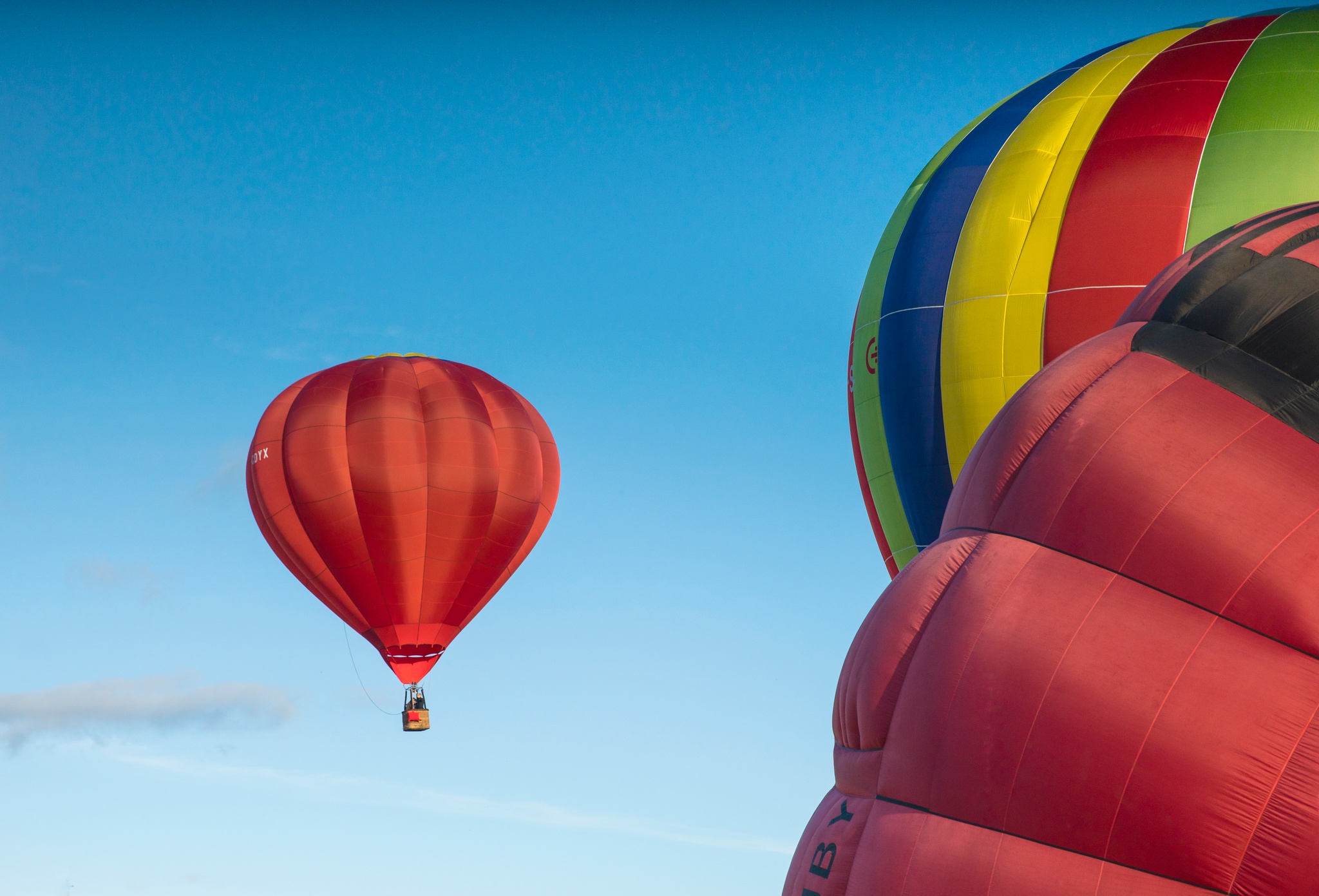
Hot air ballooning
Unusual Activities
As well as our most popular activities, Scotland is home to some unusual and quirky things to do that will add that extra special element to your trip.
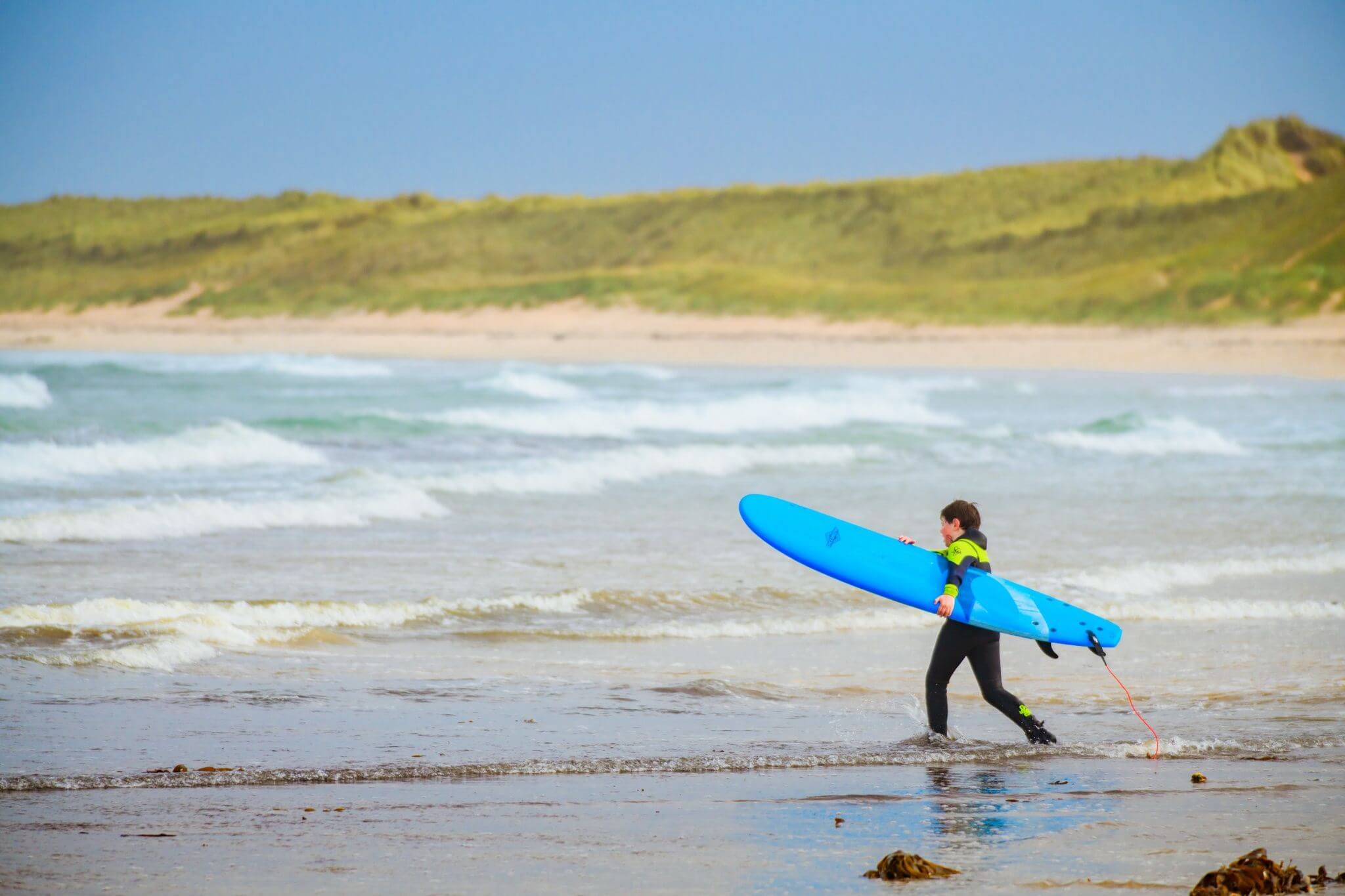
Surfing lesson with George Watt Surf School at Fraserburgh Beach
© Discover Fraserburgh / Damian Shields
Watersports
Make a splash on your holiday with a range of thrilling watersports that you can enjoy with the family.
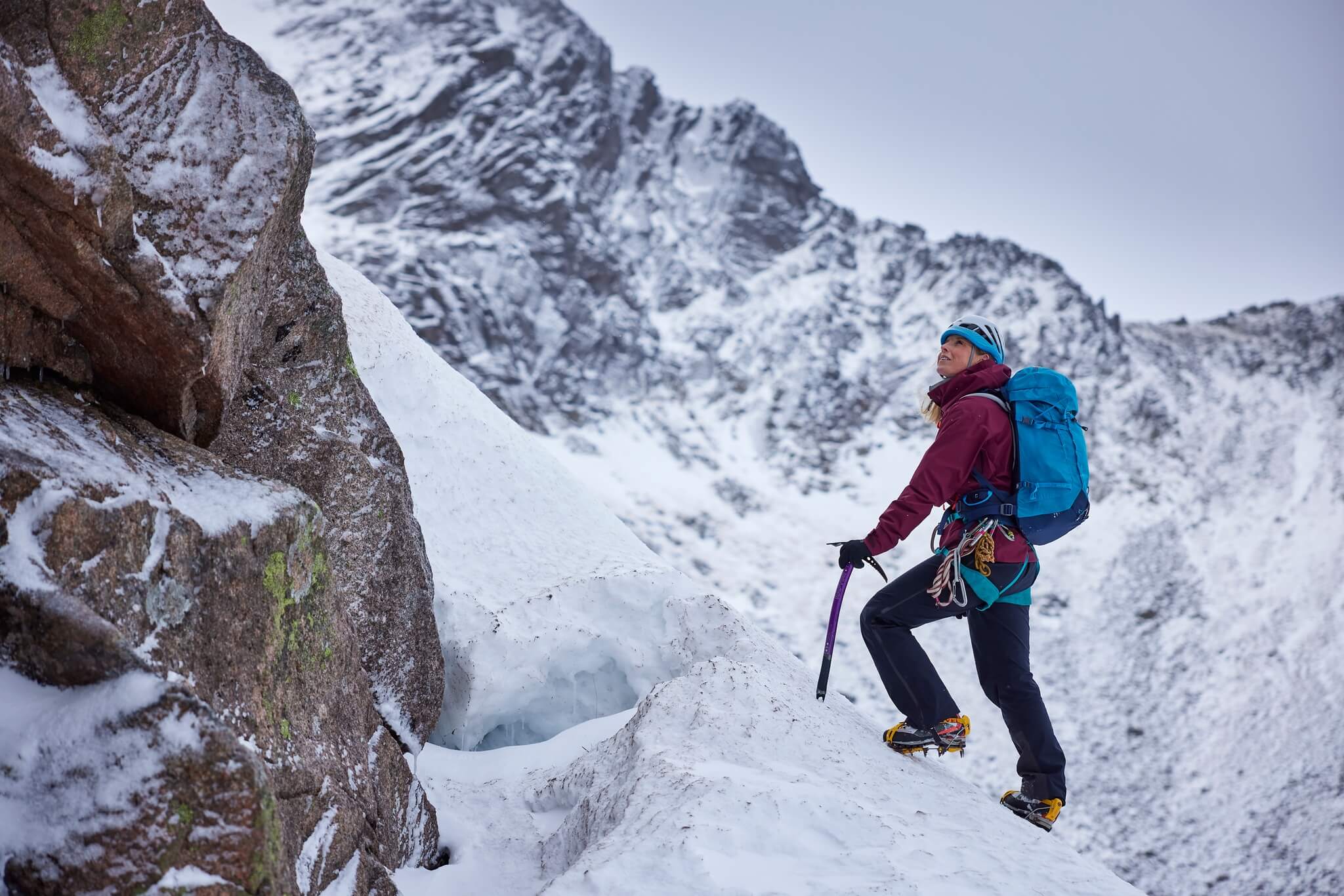
Instructor at Glenmore Lodge ice climbing
© EdSmith
Snowsports
Hit the slopes during Scotland's winter months to learn new skills, enjoy a family break, and soak in the magnificent panoramic views that surround you.
Family-Friendly Activities
We've got some great ideas for an active day out with the kids, suitable for all different ages.
Sorry, something's gone wrong. We can't display this content at the moment.
JavaScript needs to be enabled to watch this video. You can turn this on in your browser settings.
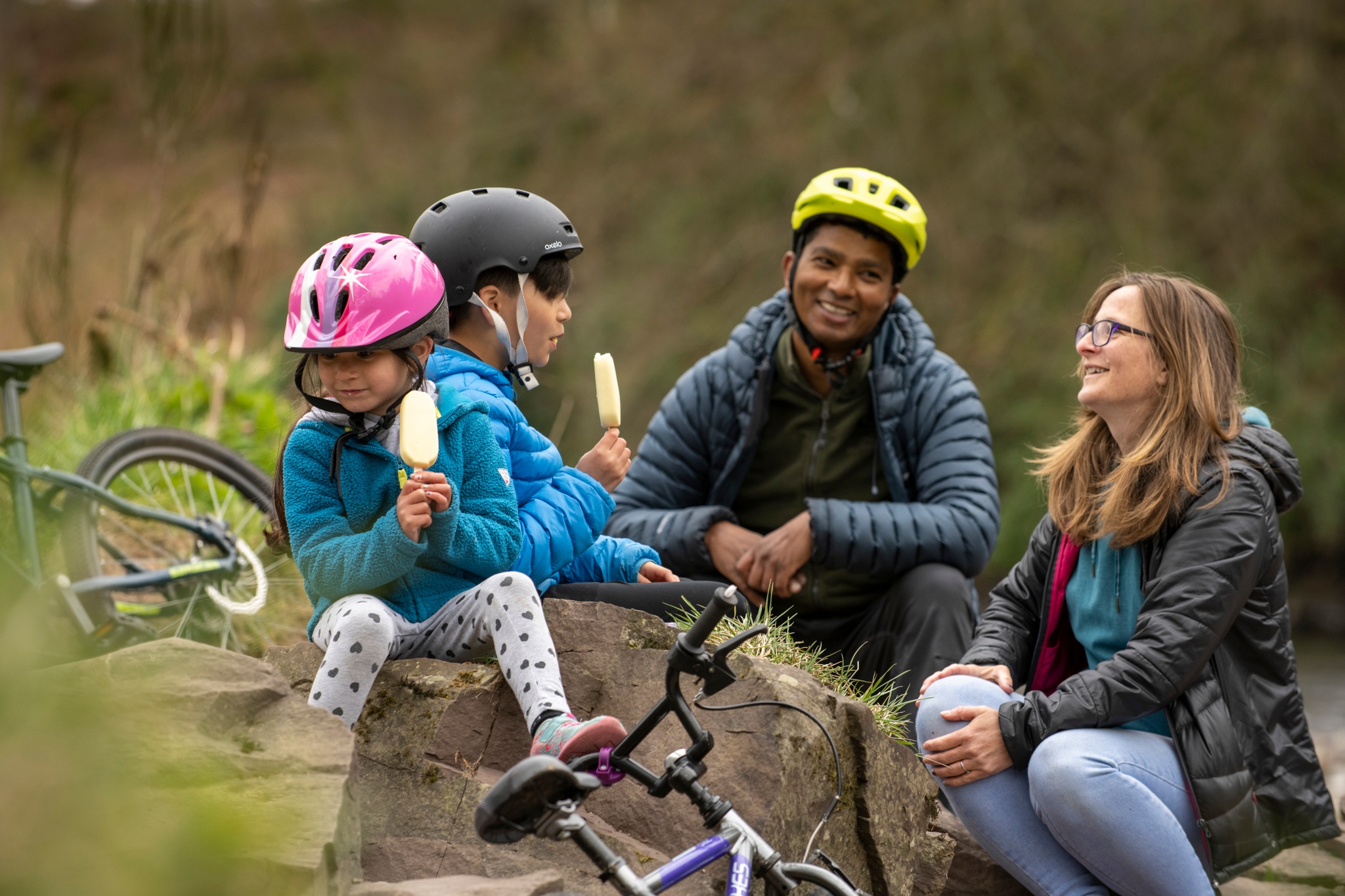
Sorry, something's gone wrong. We can't display this content at the moment.
JavaScript needs to be enabled to watch this video. You can turn this on in your browser settings.
10 Crazily Fun Outdoor Activities for Kids
Make unforgettable family memories on these 10 outdoor adventures for kids that adults will love too, including cycling, gorge walking and zorbing.
Sorry, something's gone wrong. We can't display this content at the moment.
JavaScript needs to be enabled to watch this video. You can turn this on in your browser settings.
Sorry, something's gone wrong. We can't display this content at the moment.
JavaScript needs to be enabled to watch this video. You can turn this on in your browser settings.
14 Scenic Short Walks for Families
Family walking trips are a great way to embrace the great Scottish outdoors.
TreeZone Aerial Adventure Course
Adventure Activities
If you need that little extra bit of adrenaline in your Scottish outdoor adventure, look no further!
Islay Sea Adventures
© Wild Scotland / Stephen Sweeney
Other ways to enjoy the outdoors
Not sure what activity to try? Check out these guides for other ideas on making the most of Scotland's great outdoors.
Explore Scotland safely
Make sure you read up on our safety advice and remember to follow the Scottish Outdoor Access Code.
Sorry, something's gone wrong. We can't display this content at the moment.
JavaScript needs to be enabled to watch this video. You can turn this on in your browser settings.
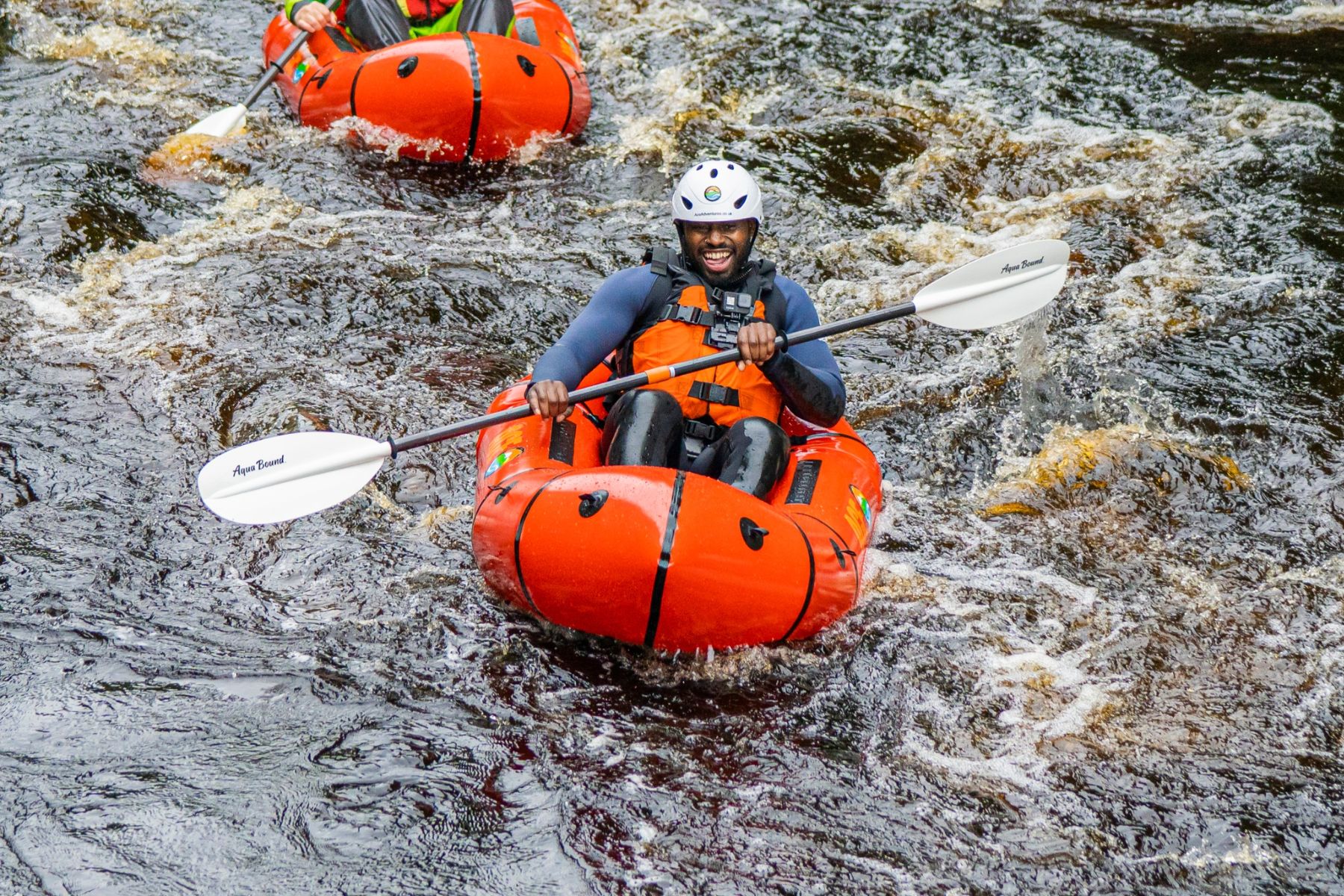
Sorry, something's gone wrong. We can't display this content at the moment.
JavaScript needs to be enabled to watch this video. You can turn this on in your browser settings.
A Guide to Outdoor Safety in Scotland
Scotland's scenery can be stunning but also wild and rural. Be prepared with the correct clothing and equipment.
Sorry, something's gone wrong. We can't display this content at the moment.
JavaScript needs to be enabled to watch this video. You can turn this on in your browser settings.
Sorry, something's gone wrong. We can't display this content at the moment.
JavaScript needs to be enabled to watch this video. You can turn this on in your browser settings.
Scottish Outdoor Access Code
Explore Scotland's outdoor land responsibly by following the Scottish Outdoor Access Code.
Other things you might like
Join our Newsletter Clan
Get Scotland inspiration direct to your inbox. Don't miss the inside track from our Scotland experts on exciting trip ideas, unique attractions and hidden gems loved by locals.


